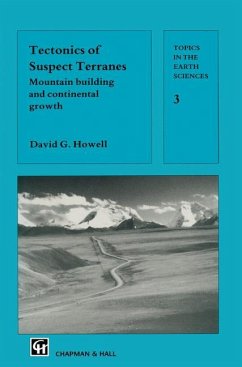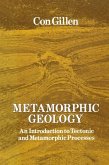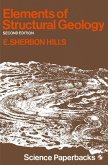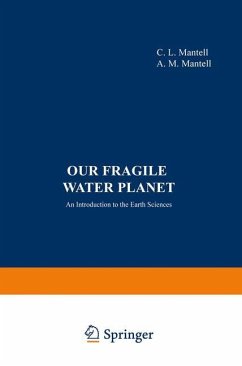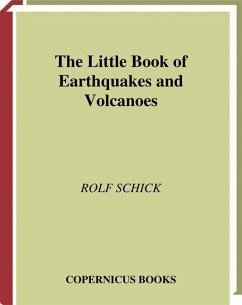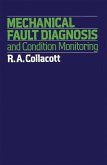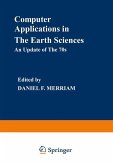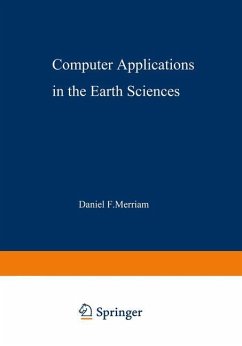Year by year the Earth sciences grow more diverse, with an inevitable increase in the degree to which rampant specialization isolates the practitioners of an ever larger number of sub fields. An increasing emphasis on sophisticated mathematics, physics and chemistry as well as the use of advanced technology have. set up barriers often impenetrable to the uninitiated. Ironically, the potential value of many specialities for other, often non-contiguous once has also increased. What is at the present time quiet, unseen work in a remote corner of our discipline, may tomorrow enhance, even revitalize some entirely different area. The rising flood of research reports has drastically cut the time we have available for free reading. The enormous proliferation of journals expressly aimed at small, select audiences has raised the threshold of access to a large part of the literature so much that many of us are unable to cross it. This, most would agree, is not only unfortunate but downright dangerous, limiting by sheer bulk of paper or difficulty of comprehension, the flow of information across the Earth sciences because, after all it is just one earth that we all study, and cross fertilization is the key to progress. If one knows where to obtain much needed data or inspiration, no effort is too great. It is when we remain unaware of its existence (perhaps even in the office next door) that stagnation soon sets in.
Hinweis: Dieser Artikel kann nur an eine deutsche Lieferadresse ausgeliefert werden.
Hinweis: Dieser Artikel kann nur an eine deutsche Lieferadresse ausgeliefert werden.

